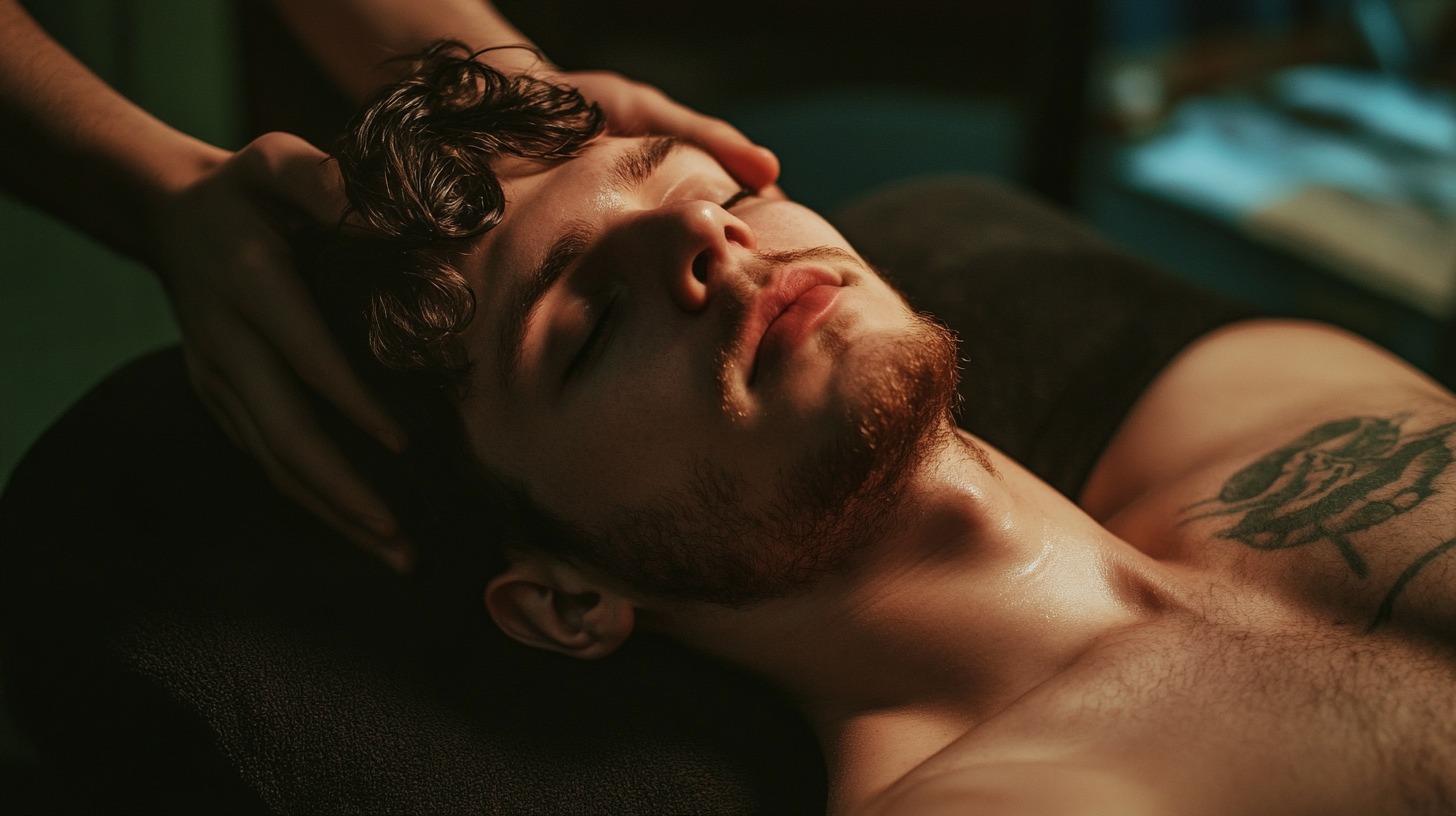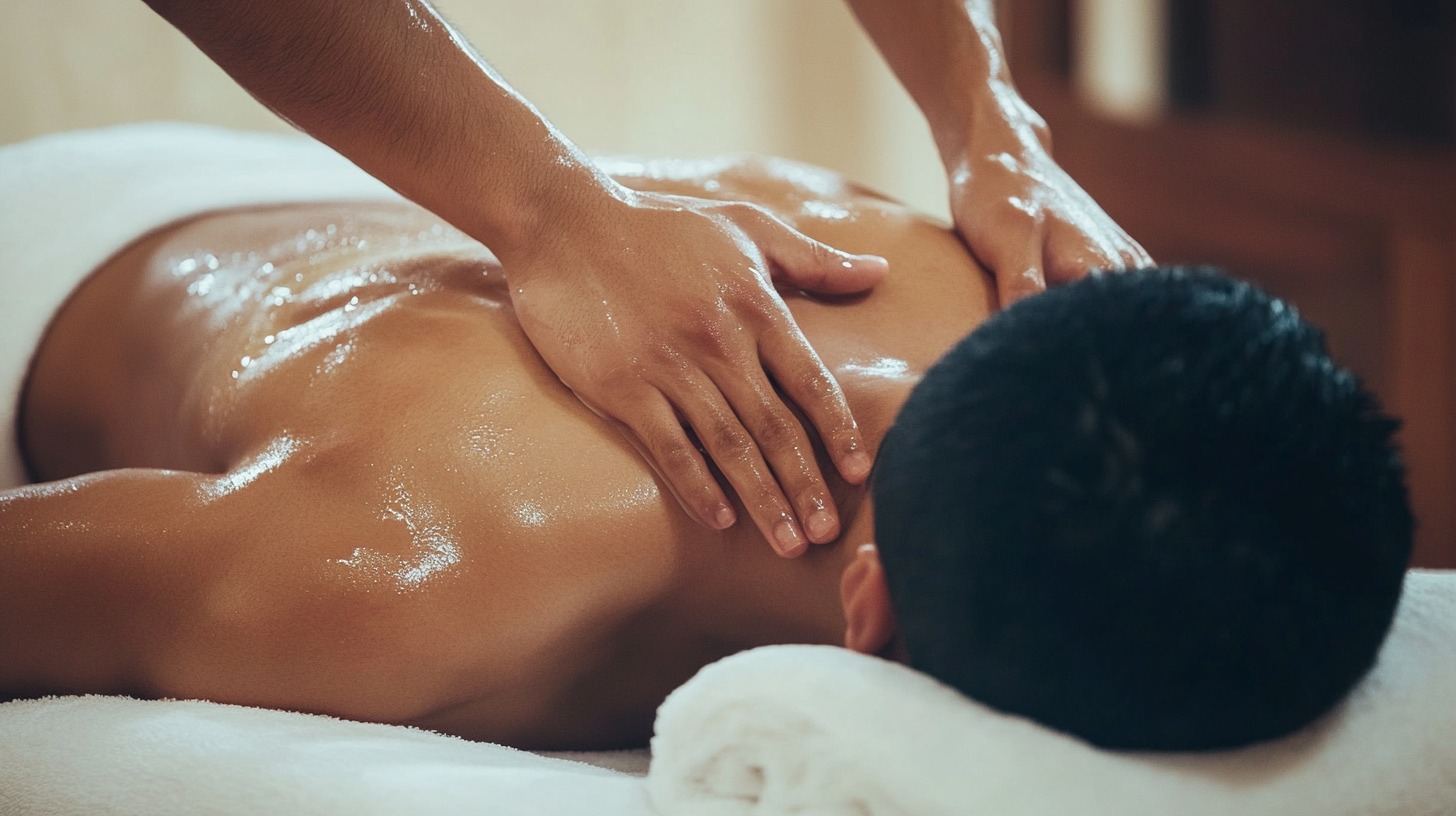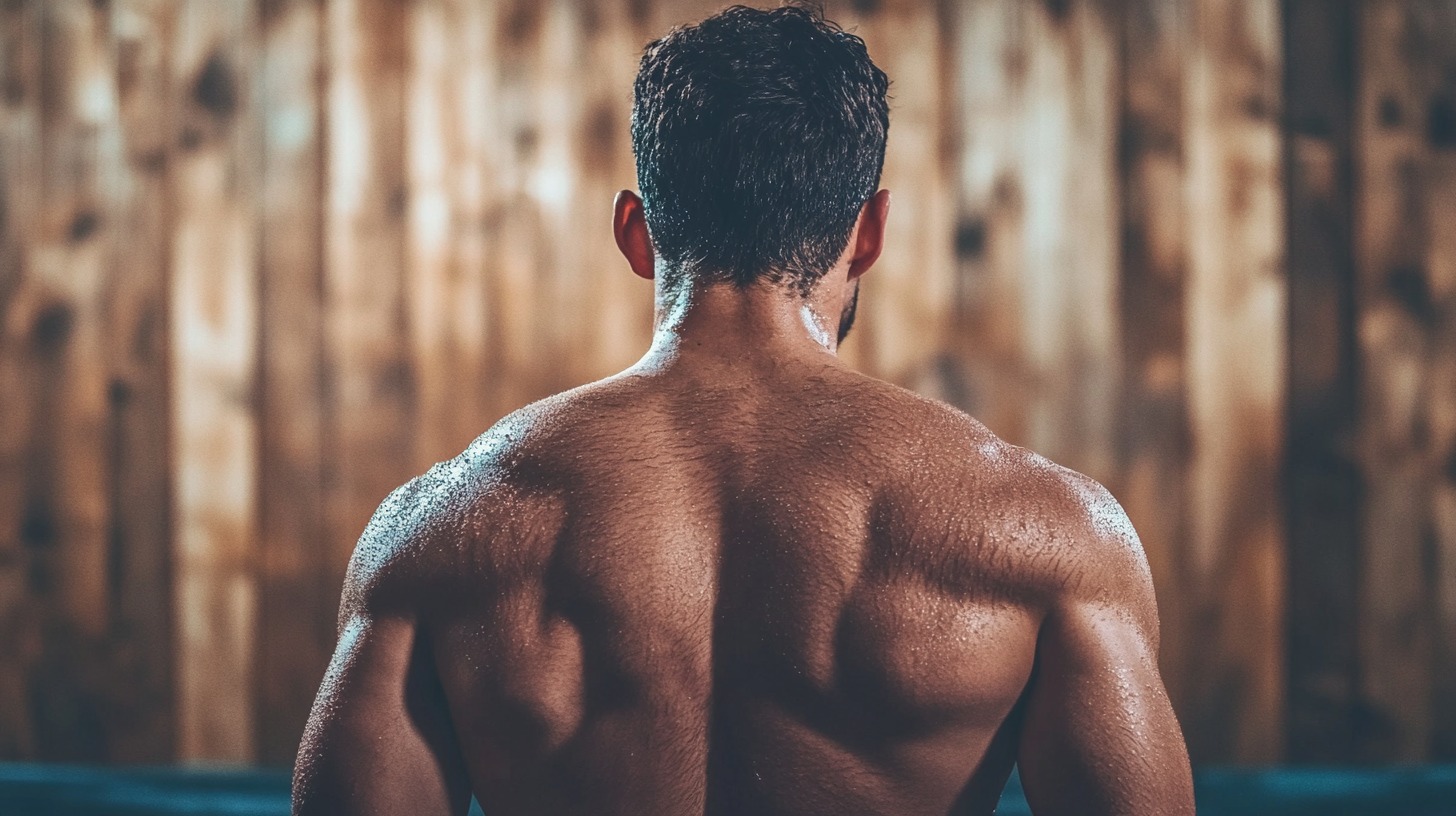We’ve all been there. You hit the gym like a hero, maybe for the first time in months, and the next day, your muscles feel like they’ve been through a medieval torture device. Or perhaps you decided to move that massive couch by yourself, because why not, you’re strong enough, right? Then boom, muscle soreness.
Enter massage therapy—the potential savior of all things sore and achy. But is it really all it’s cracked up to be? Let’s break it down!
Why Do Muscles Get Sore Anyway?
So you overdid it at the gym. What actually causes that deep, nagging soreness? It’s not just your body’s way of punishing you, although it sure feels like it.
Muscle soreness, technically known as delayed onset muscle soreness (DOMS), is caused by tiny tears in the muscle fibers. These tears occur when muscles are subjected to stress, particularly from activities they’re not used to.
If you’re curious about finding massage services in your area, Makangs has some great options, and for an exceptional experience in easing your muscle pain, you might want to check out Dongtan massage (동탄마사지), which offers various techniques tailored to your needs.
Common Causes of Muscle Soreness
- Overexertion: Trying to lift more than you can handle or pushing through a workout without proper conditioning.
- New Activities: Engaging in exercises or physical activities that your muscles aren’t accustomed to.
- Improper Form: Incorrect technique can strain muscles unnecessarily.
The Magic of Massage Therapy

When muscle soreness hits, many folks turn to massage therapy, hoping it’s the miracle cure it’s advertised to be. Massage is often touted for its ability to alleviate pain, improve circulation, and speed up recovery. But how much of that is true and how much is just marketing fluff?
Benefits of Massage for Sore Muscles
- Increased Blood Flow: Massages can help boost circulation, which is supposed to help muscles recover faster. Think of it as your muscles getting a well-deserved bath after a long day.
- Pain Relief: The pressure and manipulation of muscles can help alleviate some of the pain, at least temporarily.
- Relaxation: Let’s face it, even if the science isn’t perfect, a good massage feels damn good.
Types of Massage

Not all massages are created equal. Depending on your soreness and pain tolerance (and how much you’re willing to suffer for relief), there are several types of massages you can consider.
Swedish Massage
- What it is: The poster child of massages. It’s gentle, relaxing, and involves long, flowing strokes.
- Best for: Mild soreness, relaxation, and when you just want to feel pampered without the pain.
Deep Tissue Massage
- What it is: As the name suggests, this massage goes deeper into the muscle layers. It’s more intense and can be pretty painful, but hey, no pain no gain, right?
- Best for: Severe muscle soreness, chronic pain, and when you want to feel like you’ve had a workout without actually working out.
Sports Massage
- What it is: Tailored specifically for athletes. It focuses on areas that are overused and stressed from repetitive movements.
- Best for: Athletes or those who act like athletes on weekends and then pay the price.
Trigger Point Therapy
- What it is: Targets specific tight spots known as trigger points. It can be painful but is effective for localized pain.
- Best for: Knots, specific areas of pain, and if you want to feel like a voodoo doll being poked and prodded.
Does Massage Really Work?

Let’s be real. While massage therapy has a lot of benefits, it’s not a magical cure-all. The relief it provides can vary greatly from person to person. Some might walk out feeling like a million bucks, while others might feel like they were run over by a truck.
The Good
- Immediate Relief: There’s no denying that massages can provide immediate, albeit temporary, relief from soreness.
- Mental Benefits: The relaxation and stress relief that come with a good massage shouldn’t be underestimated.
The Not-So-Good
- Temporary Fix: The relief from a massage is often short-lived. You’ll feel great right after, but the soreness can creep back in.
- Cost: Regular massages can be expensive. Your wallet might feel as sore as your muscles after a while.
When to Consider Massage Therapy

So, when should you consider getting a massage for muscle soreness? Here are a few scenarios where a massage might be particularly beneficial.
After Intense Workouts
If you’ve had a particularly grueling workout and your muscles are screaming, a massage can help ease some of that post-exercise pain.
For Chronic Pain
For those dealing with chronic muscle pain, regular massages can be a part of a comprehensive pain management plan.
As a Preventative Measure
Regular massages can help prevent muscle soreness by keeping your muscles loose and reducing the risk of injury.
Self-Massage Techniques
If you’re not keen on shelling out big bucks for a professional massage, there are plenty of self-massage techniques you can try at home.
Foam Rolling
- How it works: Use a foam roller to apply pressure to sore muscles. Roll back and forth over the sore areas to break up muscle knots.
- Best for: Large muscle groups like quads, hamstrings, and back muscles.
Tennis Ball Massage
- How it works: Place a tennis ball between your body and a hard surface (like the floor or a wall) and apply pressure to the sore spots.
- Best for: Smaller, more specific areas like shoulders and glutes.
Massage Guns
- How it works: These devices deliver rapid bursts of pressure to the muscles, mimicking the effects of a deep tissue massage.
- Best for: Anyone who wants to feel like they’re being pummeled by a tiny jackhammer.
Alternative Remedies for Muscle Soreness
While massages are great, there are other methods to help ease muscle soreness. Here are a few alternatives:
Heat Therapy
- How it works: Applying heat can help increase blood flow to sore muscles, reducing pain and stiffness.
- Methods: Heating pads, warm baths, or even a hot shower.
Cold Therapy
- How it works: Reduces inflammation and numbs the sore area.
- Methods: Ice packs, cold baths, or a bag of frozen peas.
Stretching
- How it works: Gentle stretching can help relieve muscle tightness and improve flexibility.
- Best for: Pre- and post-exercise routines to keep muscles limber.
Hydration and Nutrition
- How it works: Staying hydrated and maintaining a balanced diet can aid muscle recovery.
- Tips: Drink plenty of water, and eat foods rich in protein and antioxidants.
Final Words
In the end, while massages can be incredibly beneficial, they’re not the end-all-be-all solution to muscle soreness. They provide a pleasant, temporary relief, and contribute to a comprehensive approach to muscle recovery.
So next time you find yourself wincing with every step after a workout or a day of overzealous lifting, consider booking a massage, or try some self-care techniques. Just don’t expect miracles. And if all else fails, there’s always the option of doing nothing and waiting for the soreness to pass—because sometimes, doing nothing is just as effective.

